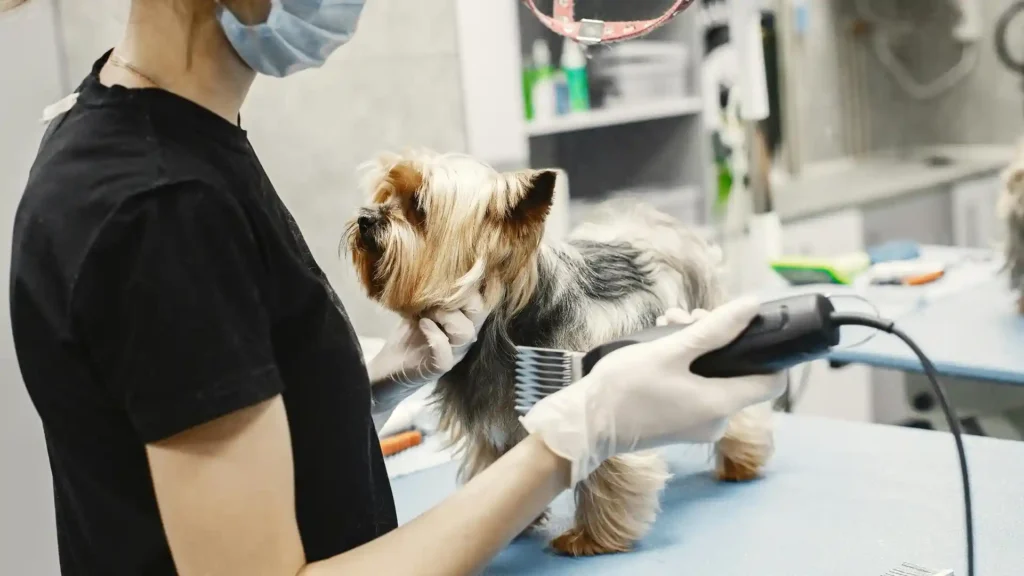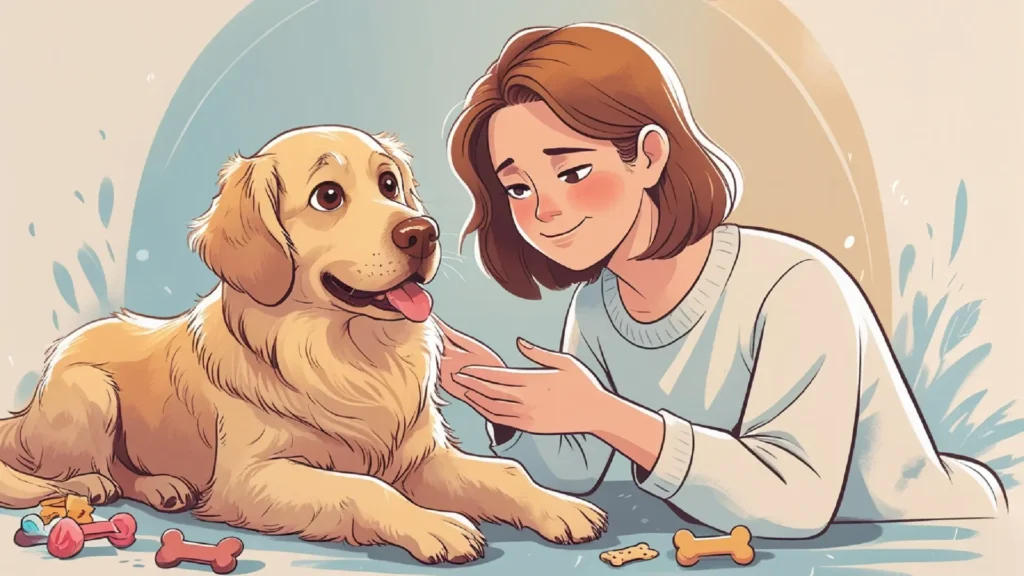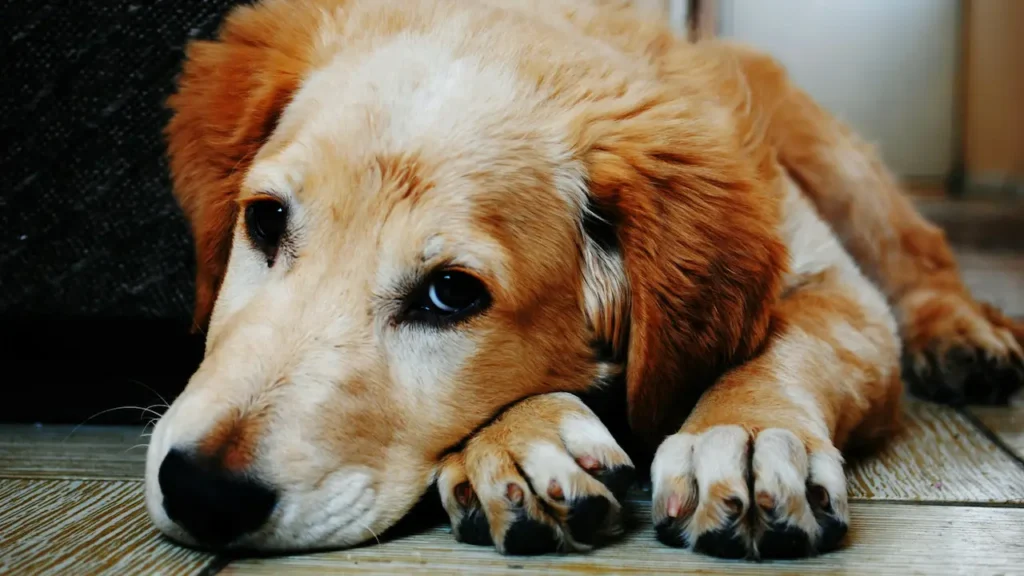Proper grooming and hygiene are essential for dog’s health. From maintaining a shiny coat to preventing skin infections and improving behavior, grooming is an integral part of pet care that every dog parent should prioritize.
In this comprehensive guide, we’ll walk you through everything you need to know about dog grooming and hygiene.
The Importance of Dog Grooming and Hygiene
Grooming goes beyond simply keeping your dog looking good. It has several health benefits, such as:
Preventing Skin Problems | Regular grooming helps remove dirt, debris, and dead hair, reducing the chances of skin infections, matting, or hot spots. |
Managing Shedding | Frequent brushing removes loose hair and minimizes shedding, keeping your home cleaner and reducing the likelihood of hairballs and dander build-up. |
Early Detection of Health Issues | Grooming gives you a chance to spot potential health issues such as skin infections, parasites, or unusual lumps. Early detection is key to addressing health concerns before they become serious. |
Promotes Healthy Coat and Skin | Grooming helps to keep a dog’s coat and skin healthy. Regular brushing helps to remove dead skin cells, dirt. |
Improved Circulation | Brushing your dog’s coat helps stimulate blood flow to the skin, promoting overall skin health. |
Less Shedding | Regular grooming can help reduce shedding by removing dead hair and reducing the amount of hair your pet sheds. |
Bonding and Socialization | Grooming is a great way to spend quality time with your dog, building trust and reinforcing your bond. |
Essential Tools and Components of Dog Grooming
A complete dog grooming routine involves several key components that address different aspects of your dog’s hygiene and physical well-being. Always choose the right supplies for dog grooming.
Here’s an overview of what you should be incorporating into your dog’s regular grooming schedule.
Brushing Your Dog’s Coat
Brushing is one of the most important aspects of dog grooming. It helps to remove dirt, debris, and loose fur, while also preventing matting. The frequency and type of brushing your dog needs depend on their coat type.
| Short-haired dogs | Beagles, Boxers | typically require brushing 1-2 times a week to remove loose hair and prevent shedding. |
| Long-haired dogs | Golden Retrievers, Shih Tzus | often require daily brushing to prevent tangles and mats. |
| Curly-haired dogs | Poodles, Bichon Frises | need frequent brushing to keep their coat from becoming matted, often every day or every other day. |
For best results, use a grooming brush suitable for your dog’s coat type. For example, slicker brushes work well for long-haired dogs, while bristle brushes are great for short-haired breeds.
Bathing Your Dog
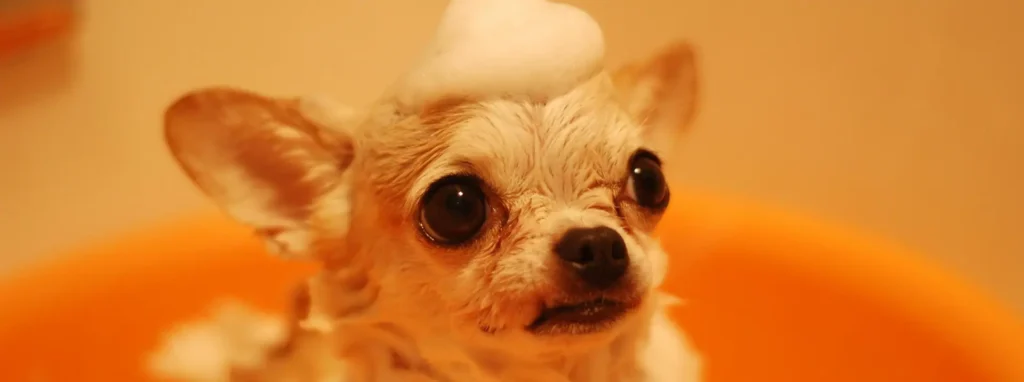
Washing the skin and hair coat removes everything from dirt, odor and, to allergens, bacteria, and parasites. Bathing also removes dead hair and hydrates and nourishes the skin and coat, helping your dog feel more comfortable and less itchy. Bathing improves bond with your dog.
Bathing frequency for dogs varies depending on the breeds, ages, activity level, skin conditions and sizes. Most dogs only need a bath every 4-6 weeks.
Clip and thoroughly brush out your dog before giving out a bath. This will reduce the risk of damaging the grooming equipment and provide a better finish.
Bath your dog properly. Without proper bathing, bacteria, fungi, feces, dead skill cells, and other unpleasant things can live in her fur. And your dog can be exposed to parasites, infections, skin sores, and more. Use a mild, pet-safe shampoo specifically formulated for dogs. Avoid human shampoos, which can be too harsh on their skin. If your dog has sensitive skin, consider hypoallergenic or oatmeal-based shampoos.
Bathing is essential for maintaining your dog’s hygiene, but it’s important not to bathe them too frequently, as over-bathing can strip the skin of natural oils, leading to dryness and irritation. Dogs with skin issues like allergies or dermatitis may require medicated baths, as advised by your vet.
Nail Trimming
Longer dog nails make it harder for dogs to walk around comfortably. So, trim your dog’s nails for maintaining overall hygiene and comfort. Overgrown nails can cause pain, difficulty walking, and can deform feet, injure tendons and soft tissues, and cause complications in the leg. Regular nail trims can alleviate these issues and help your dog feel more relaxed and happy.
Nails that are too long are at risk of being torn off, such as if your dog’s nail gets caught on a piece of carpeting or furniture. Ideally, nails should be trimmed every 3-4 weeks, but some dogs’ nails grow faster than others, so monitor their length regularly.
Use specialized dog nail clippers or a nail grinder to safely trim your dog’s nails. If you’re unsure about trimming your dog’s nails yourself, you can always ask your vet or a professional groomer for assistance.
Ear Cleaning
Dogs with floppy ears or long hair are more prone to ear infections and wax build-up. Regularly cleaning your dog’s ears can prevent issues like infections, odor, and discomfort. It can remove trapped water from the ear canal and eliminate thickness and general discomfort. Ear cleaning is mandatory for the removal of mites, ticks and parasites that flock to dirty ear.
Use a dog-specific ear cleaner recommended by your vet and avoid using cotton swabs, which can damage the ear canal. Dogs that have pendulous ear flaps or swim regularly are more prone to build up of debris and infections so should be cleaned more often.
Clean your dog’s ears once a month or more frequently if they have a history of ear infections. Pay attention to signs of infection, such as redness, odor, or excessive scratching. Remember, while cleaning your dog’s ears is incredibly important, over cleaning, using the incorrect products, and improper techniques can be detrimental to your dog’s health
Teeth Brushing
Poor dental hygiene leads to tartar build-up, bad breath, and gum disease. Teeth brushing cleans away the plaque that is responsible for bad breath, decayed teeth and gum disease.
Regularly clean your dog’s teeth. The cleaner her teeth, the less likely she will be to develop dental disease that leads to inflammation later on. By brushing teeth, dogs can feel better and healthier, and can chew better.
Aim to brush your dog’s teeth 2-3 times per week using a dog-specific toothbrush and toothpaste. You can also provide dental chews or use water additives that help reduce plaque build-up.
Dr. Milinda Lommer, Diplomate of the American Veterinary Dental College, says you should brush your dog’s teeth often. “As with human mouths, the number of bacteria in a dog’s mouth doubles every six to eight hours,” she says. “Therefore, it’s important to reduce their numbers by mechanically removing as many bacteria as possible.”
Anal Gland Expression
Some dogs may need their anal glands expressed regularly, as these glands can become impacted or infected if not emptied naturally. Symptoms of impacted anal glands include scooting, licking the area excessively, or a foul odor. If you’re unsure whether your dog needs this, consult your vet or groomer.
Have a professional groomer or vet handle anal gland expression, especially if your dog’s glands are prone to issues. It’s not recommended to attempt this at home unless you’re trained to do so.
Eye Care
Dogs’ eyesight differs from humans – they see mainly in red and green hues, have better night sight and a wider field of vision, but like humans, they can suffer from a range of eye problems.
Dogs, especially those with long, floppy ears or prominent eyes, can suffer from eye discharge, tear stains, and irritation. Regularly wiping away any eye discharge with a damp cloth can help prevent build-up and keep your dog’s eyes clean. Without proper care and treatment, these can affect your dog’s quality of life and even lead to blindness.
Dogs need eye protection from UV. UV protection can help minimize the issues that may arise in dogs’ eyes from sun-related diseases, including pannus. Pannus is an autoimmune disease that affects a dog’s cornea, the clear part of their eye. When untreated, pannus can lead to vision loss.
Use a soft, clean cloth or pet-safe wipes to gently wipe around your dog’s eyes. If you notice excessive tearing, redness, or discomfort, consult a vet, as these could be signs of an underlying condition.
Frequency of Grooming for Different Dog Breeds
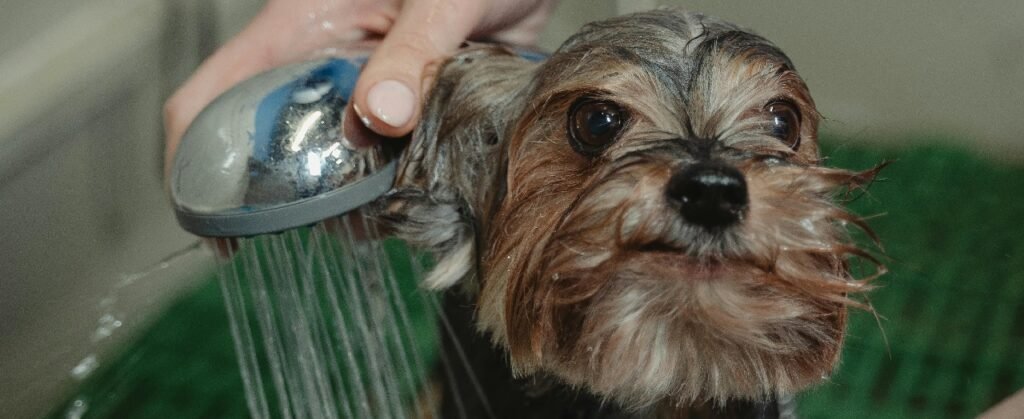
The grooming needs of a dog can vary significantly depending on their breed and coat type. Some dogs require more frequent grooming, while others are relatively low-maintenance. Here’s a breakdown of grooming needs based on coat types:
Short-haired dogs | Beagle, Boxer, Dachshund | Typically require less grooming but still need regular brushing to remove dead hair and manage shedding. |
Medium-Haired Breeds | Cocker Spaniel, Schnauzer, Australian Shepherd | Moderate grooming is required, with regular brushing and occasional trims. |
Long-Haired Breeds | Shih Tzu, Lhasa Apso, Yorkshire Terrier | Require daily brushing to prevent mats, tangles, and regular baths to keep the coat clean. |
Curly-Haired Breeds | Poodle, Bichon Frise, Portuguese Water Dog | Require frequent brushing to prevent mats and tangles. Regular professional grooming may also be necessary. |
Double-Coated Breeds | Husky, Golden Retriever, German Shepherd | Need regular brushing to manage shedding and maintain coat health. These dogs can shed heavily during seasonal changes. |
How to Make Grooming a Positive Experience for Your Dog
For many dogs, grooming can be an anxiety-inducing experience. You will get frustrated grooming your dog for the first time. Taking care of new dogs always brings a complex feeling in you – both frustration and happiness.
But you can make the grooming sessions enjoyable by following these tips:
Start Early: Introduce grooming early in your dog’s life, especially if you have a puppy. Gradually get them used to the sounds and sensations of brushing, bathing, and nail trimming. This will help them to get used to the different sensations and movements associated with grooming, and it will make them more likely to be relaxed and cooperative when they are older.
Use Positive Reinforcement: Positive reinforcement can transform grooming from something stressful into something enjoyable. Reward your dog with praise or treats after each grooming session to create a positive association with the process.
Use the Right Tolls: if you are brushing your dog’s coat, use a soft-bristled brush that will not irritate their skin. If you are trimming your dog’s nails, use a sharp pair of clippers that will not cause them pain.
Take Your Time: Be patient, especially with dogs that are nervous or new to grooming. Take breaks if necessary and avoid rushing through the process.
Make It a Bonding Activity: Grooming can be a great opportunity to bond with your dog. Speak softly to them, pet them, and show affection throughout the session.
When to Seek Professional Grooming
While regular grooming at home is important, some dogs may need professional help for specific grooming tasks. Consider scheduling a professional grooming session if:
- Your dog’s coat is difficult to manage (e.g., tangled, matted, or very long).
- You’re unsure how to trim their nails or express their anal glands.
- Your dog requires a breed-specific haircut.
- You prefer to let a professional handle certain aspects of grooming, like ear cleaning or teeth brushing.
Regular grooming is not only about keeping your dog clean and looking their best—it’s essential for their health and comfort. By incorporating the right grooming habits into your dog’s routine and using expert tips, you can prevent health issues, improve their behavior, and create a stronger bond with your furry friend.

